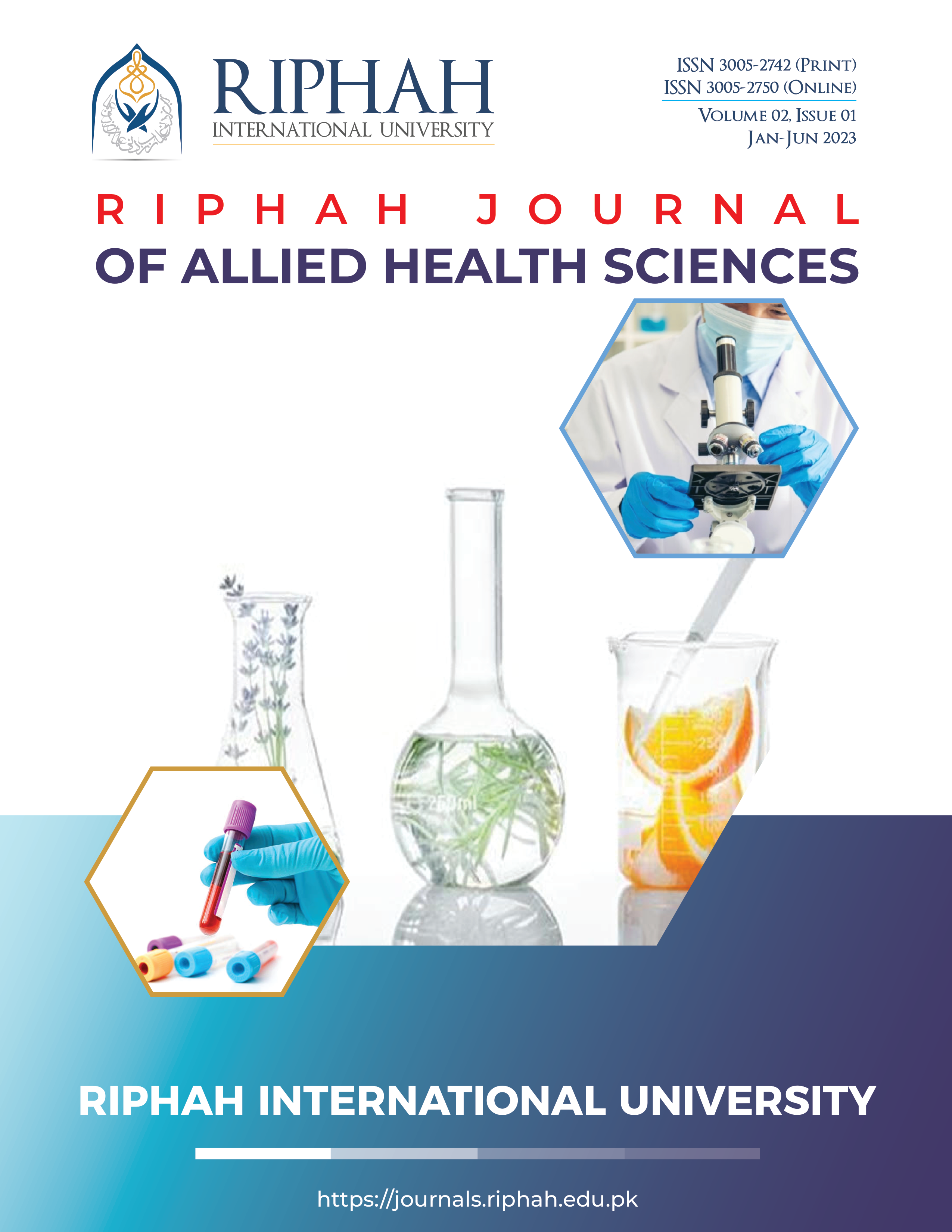Unveiling the Landscape of COVID-19 in Khyber Pakhtunkhwa: A Review on Comprehensive Regional Analysis from March 2020 to October 2022
Keywords:
COVID-19 Prevalence, , Khyber Pakhtunkhwa, Pandemic Impact, Regional Variability, Public Health StrategiesAbstract
ABSTRACT
Background: This comprehensive study delves into the prevalence of COVID-19 patients in Khyber Pakhtunkhwa, Pakistan, spanning from March 2020 to October 2022.
Methodology: The research adopts a meticulous methodology, incorporating defined inclusion criteria and data collection from reputed sources such as government health agencies. A thorough quality assessment is applied to ensure the reliability of the included studies, and ethical considerations are upheld by using de-identified data from publicly available sources. The study provides a detailed analysis of COVID-19 cases, deaths, recoveries, and active cases in different divisions of Khyber Pakhtunkhwa, namely Peshawar, Mardan, Malakand, Hazara, Kohat, Bannu, and Dera Ismail Khan.
Results: Analysis of COVID-19 data in Khyber Pakhtunkhwa (March 2020 to October 2022) reveals localized patterns. Peshawar Division, with 104,496 cases, showcases effective control measures (3.2% fatality, 96.7% recovery). With 24,772 patients, the Mardan Division shows lower death rates but similar recovery rates (3.5%, 96.5%). Malakand Division (38,832 cases) displays varied fatality rates (2.1%) and recovery rates (97.9%). Hazara Division (26,986 cases) records lower fatality rates (2.1%) and generally higher recovery rates (97.9%). Kohat Division (15,090 cases) indicates moderate fatality rates (2.1%) and high recovery rates (97.9%). Bannu Division (6,250 cases) demonstrates a moderate impact with district-wise variations. Dera Ismail Khan Division (5,820 cases) faces challenges, notably a higher fatality rate (4.8%).
Conclusion: This study underscores the necessity of region-specific data for tailoring effective pandemic responses, providing valuable insights for researchers, policymakers, and healthcare professionals engaged in managing and mitigating the impact of COVID-19 in Khyber Pakhtunkhwa. It highlights the ongoing importance of research efforts to continually refine public health strategies in response to the dynamic nature of the pandemic within different regions.
Keywords: COVID-19 Prevalence, Khyber Pakhtunkhwa, Pandemic Impact, Regional Variability, Public Health Strategies


